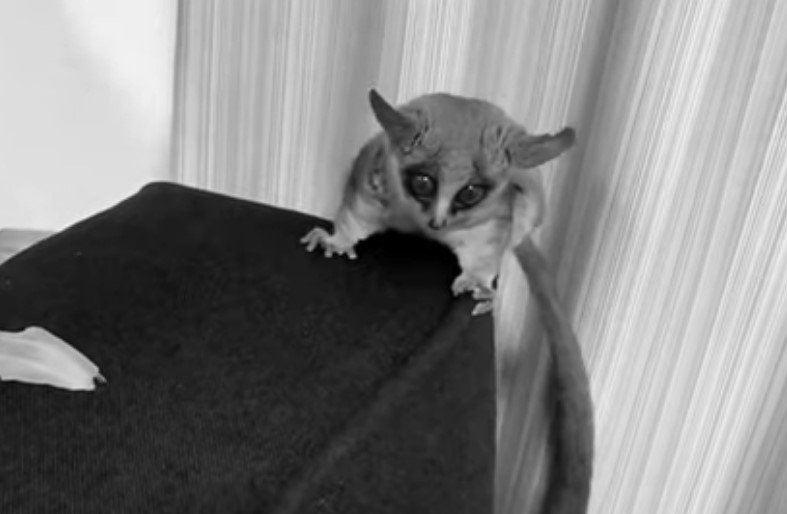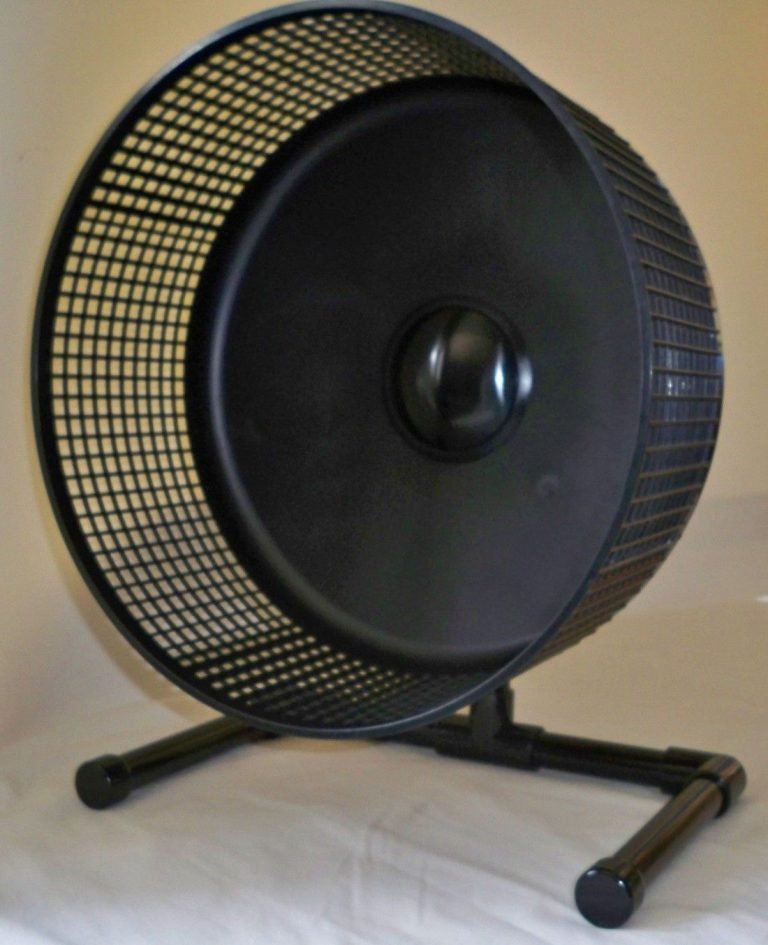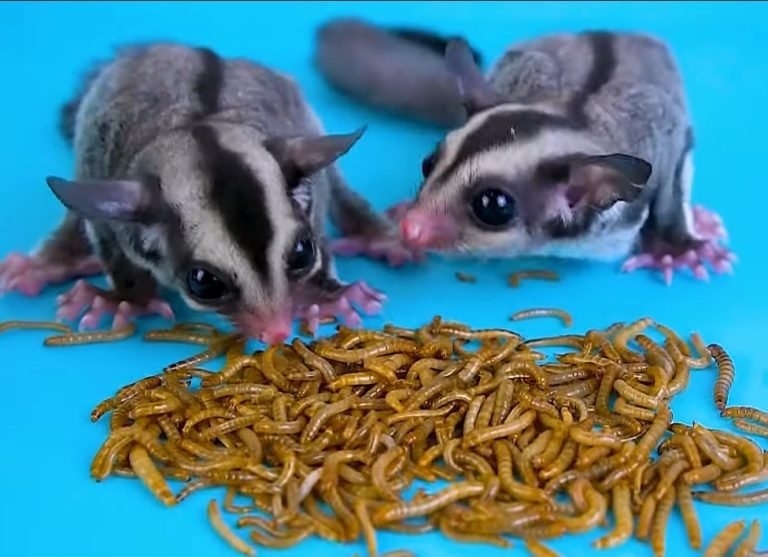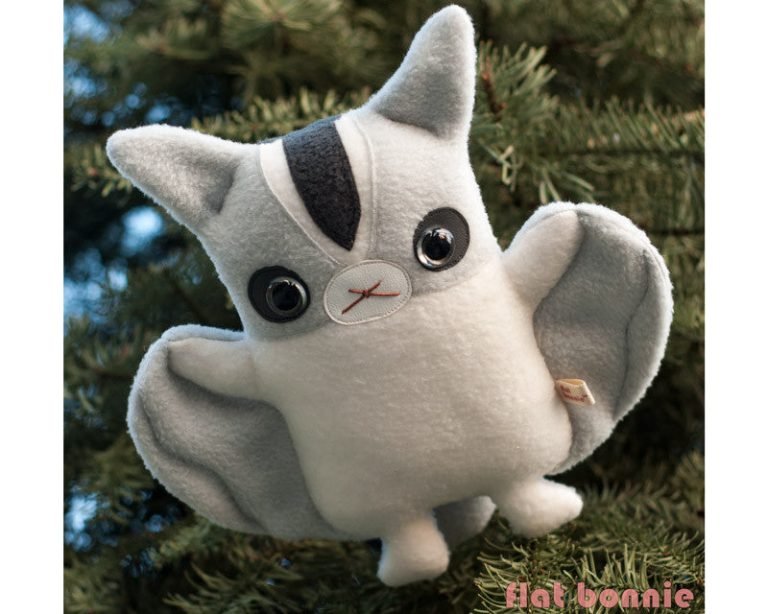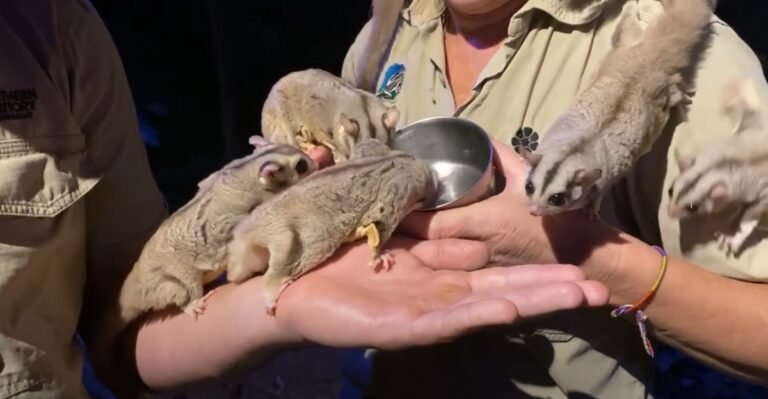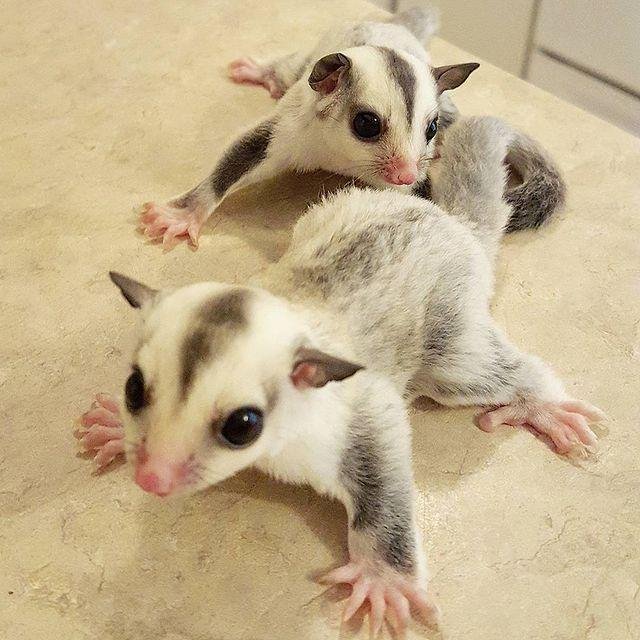Are Bush Babies The Same As Sugar Gliders
Are Bush Babies the Same as Sugar Gliders?
If you’ve ever come across an adorable creature with big eyes and the ability to glide through the air, you might wonder if you’ve encountered a bush baby or a sugar glider. Both animals belong to the same scientific grouping, but are bush babies the same as sugar gliders? Let’s explore the similarities and differences between these fascinating creatures.
Bush Babies: The Primate Gliders
Bush babies, also known as galagos, are small primates that primarily inhabit the forests of Africa. They are part of the family Galagidae, which comprises over 20 species. These nocturnal creatures are named for their distinct vocalizations that resemble the cries of human babies.
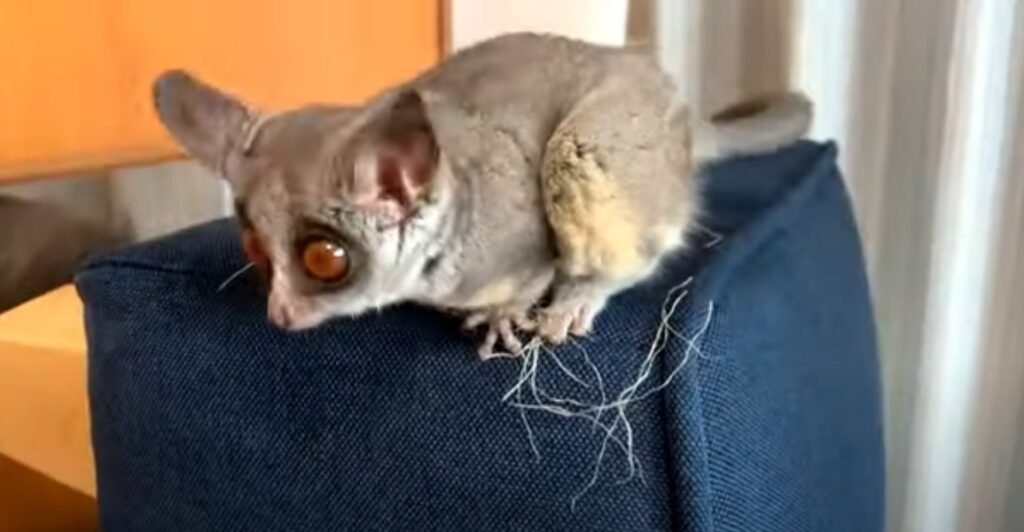
Sugar Gliders: The Marsupial Gliders
Sugar gliders, on the other hand, are marsupials that can be found in the forests of Australia, Indonesia, and Papua New Guinea. They belong to the family Petauridae, which includes several species of gliding possums. Sugar gliders earned their name because of their fondness for nectar and sweet sap.
Physical Characteristics
While both bush babies and sugar gliders have adaptations for gliding, they have distinct physical features that set them apart. Here’s a closer look at their characteristics:
Bush Babies:
Size: Bush babies are generally smaller than sugar gliders, measuring around 5 to 8 inches in length (excluding the tail) and weighing between 2 and 6 ounces.
Fur Color: Most bush babies have soft, dense fur that ranges in color from grayish-brown to reddish-brown, helping them blend into their surroundings.
Eyes: Bush babies possess large, round eyes that are well-suited for their nocturnal lifestyle.
Sugar Gliders:
Size: Sugar gliders are slightly larger, measuring around 12 to 13 inches in length (including the tail) and weighing between 3 and 5.3 ounces.
Fur Color: Sugar gliders have a similar range of fur colors as bush babies, but they often display vibrant patterns, including stripes and spots.
Membrane: Sugar gliders have a patagium, a specialized membrane that stretches from their forelimbs to their hindlimbs and allows them to glide through the air.
Behavior and Diet
While bush babies and sugar gliders share some behavioral similarities, they also have notable differences in their diet and social behavior.
Bush Babies:
Nocturnal Lifestyle: Both bush babies and sugar gliders are primarily active at night, but bush babies have more specific adaptations for a nocturnal lifestyle.
Diet: Bush babies are omnivorous, feeding on a variety of foods such as fruits, insects, tree gum, and small vertebrates.
Social Structure: Bush babies often live in small family groups or as solitary individuals, depending on the species. They mark their territories using scent glands.
Sugar Gliders
Diet: Sugar gliders are omnivorous as well, but their diet is more focused on nectar, sap, pollen, and the sweet secretions of certain insects. They also consume fruits, leaves, and small vertebrates.
Social Structure: Sugar gliders are highly social animals that live in colonies of up to seven individuals. They communicate with each other through vocalizations, scent marking, and gliding displays.
Reproduction and Life Cycle
The reproductive and life cycle of bush babies and sugar gliders also differ due to their distinct evolutionary lineages.
Bush Babies:
Gestation: Bush babies have a relatively short gestation period of about 110 to 120 days, depending on the species.
Birth: They give birth to underdeveloped infants, called joeys, which spend the first few weeks clinging to their mother’s belly.
Weaning: Joeys are weaned off their mother’s milk at around two to three months old and become fully independent at six to seven months.
Sugar Gliders:
Gestation: Sugar gliders have a longer gestation period of around 15 to 17 days.
Pouch Life: After birth, the tiny joeys crawl into their mother’s pouch, where they continue their development for about two to three months.
Bonding: The bond between a sugar glider mother and her joey is crucial, and they have a strong emotional connection throughout the joey’s early life.
Frequently Asked Questions
Q: Can bush babies and sugar gliders be kept as pets?
A: Sugar gliders are commonly kept as pets, but it’s important to note that they require specialized care and a commitment to meeting their unique needs. Bush babies, on the other hand, are not typically kept as household pets due to their specific dietary and environmental requirements.
Q: Are bush babies and sugar gliders endangered species?
A: While some species of bush babies and sugar gliders do face conservation concerns, it is not the case for all species within their respective families. Certain species, such as the golden-brown mouse lemur and the sugar glider, have stable populations, while others may be classified as vulnerable or endangered. Conservation efforts are essential to protect their habitats and ensure their survival.
Q: Can bush babies and sugar gliders coexist in the wild?
A: Bush babies and sugar gliders inhabit different regions of the world, so they do not naturally coexist in the wild. Their similar appearance and gliding abilities are the result of convergent evolution, where unrelated species develop similar traits due to similar environmental pressures.
Final Thoughts
Bush babies and sugar gliders may exhibit some similar characteristics, such as gliding abilities and nocturnal habits, but they belong to different taxonomic families and have distinct physical attributes, behaviors, and life cycles. Understanding these differences is crucial for appreciating the diversity of these fascinating creatures and ensuring their conservation in the wild. So, the next time you encounter a small, gliding creature, you’ll know whether you’re looking at a bush baby or a sugar glider!

